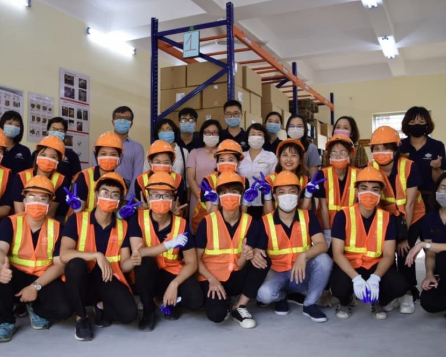Vocational education is undergoing a transformation as innovative approaches and technologies reshape the way learners prepare for careers. Once viewed as a traditional pathway for hands-on training, vocational programs now incorporate advanced tools, industry-aligned curricula, and flexible learning formats to meet the evolving needs of students and employers alike.
Modernizing Vocational Training
Today’s vocational education is not limited to classrooms or workshops. New methods emphasize real-world applications, problem-solving, and collaboration. These changes are driven by a need for workforce-ready skills and the growing demand for talent in fields such as healthcare, technology, manufacturing, and skilled trades.
Key Innovations in Vocational Education
- Blended and Online Learning Models
Vocational programs are increasingly integrating online components to complement in-person training. Learners can access tutorials, simulations, and instructional videos remotely, allowing for greater flexibility and self-paced learning. This approach supports working adults and students balancing other commitments. - Simulation and Virtual Reality (VR)
Advanced simulations and VR tools provide realistic practice environments without the need for physical equipment. For example, nursing students can rehearse procedures, and aspiring electricians can work on virtual wiring systems. These immersive tools build skills safely and efficiently. - Industry Partnerships
Collaboration with local businesses and employers ensures vocational programs align with current industry standards. Students benefit from internship opportunities, job-shadowing experiences, and direct exposure to workplace expectations. These partnerships also help schools adapt curricula to reflect real-world needs. - Micro-Credentials and Certifications
Short-term credentials and stackable certificates allow learners to gain specific skills quickly. These flexible options can lead to immediate job opportunities and serve as building blocks toward more advanced qualifications. - Mobile Learning Tools
Apps and mobile-friendly platforms allow students to access instructional content on the go. This enhances learning outside the classroom and supports just-in-time training for tasks that require immediate application. - Sustainable and Green Technology Training
Programs are evolving to include training in renewable energy, sustainable construction, and eco-friendly manufacturing. These emerging fields offer new career opportunities and reflect the shift toward environmentally conscious practices.
Benefits of Innovative Vocational Education
- Career Readiness: Learners acquire practical skills that meet current labor market demands.
- Accessibility: Flexible formats and mobile tools make learning more accessible to diverse populations.
- Confidence and Competence: Realistic simulations and hands-on experiences build confidence and job-specific expertise.
- Pathways to Advancement: Micro-credentials and continuing education options offer lifelong learning opportunities.
Conclusion
Innovations in vocational education are opening new pathways for learners to succeed in a fast-changing job market. By embracing technology, industry collaboration, and flexible learning models, vocational programs are becoming more responsive, inclusive, and future-focused. These advancements not only benefit students but also strengthen communities and economies by preparing a skilled, adaptable workforce.














